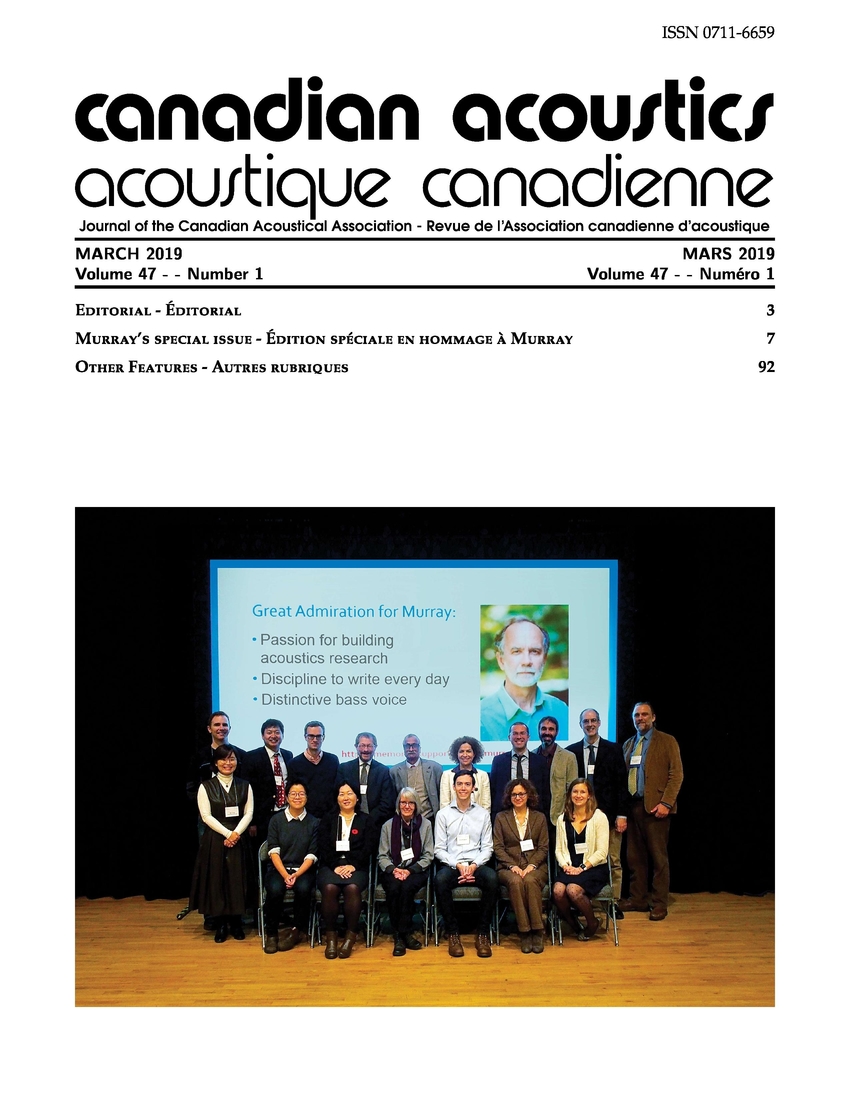Performance And Preference of Response Scales For Semantic Differentials in Auditory Perception Among University Students
Keywords:
Response scales, unipolar scale, bipolar scale, visual analogue scale, 11-point numerical scale, respondent preference,Abstract
It is known that response scales are critical for achieving the quality of the responses. A unipolar 11-point numerical scale in accordance with ISO/TS 15666:2003 has been widely used for assessing auditory perception both indoors and outdoors, as well as for field assessments and psychoacoustic research. However, in many disciplines, a visual analogue scale has been used for more in-depth academic purposes. This study aims to compare the performance and preference of two response scales, a bipolar visual analogue scale, and a unipolar numeric scale, for semantic differentials in auditory perception using a web-based device. Two different response scales were compared in five acoustic stimuli (background noise level of 38 dBA, water sounds and traffic noise of 42 and 61 dBA, respectively) with two repeated measurements. Both response scales were acceptable for their performance of reliability and sensitivity. However, the bipolar visual analogue scale was more reliable than the unipolar 11-point numerical scale in repeated measurements, and the unipolar 11-point numerical scale was more sensitive than the bipolar visual analogue scale in distinguishing subtle differences between sound sources. The bipolar visual analogue scale was obviously preferred by participants. The choice of semantic adjectives is a critical prerequisite for determining response scales for auditory perception. In summary, a unipolar visual analogue scale is proposed for assessing auditory perception for psychoacoustic research purposes for young educated adults.
Additional Files
Published
How to Cite
Issue
Section
License
Author Licensing Addendum
This Licensing Addendum ("Addendum") is entered into between the undersigned Author(s) and Canadian Acoustics journal published by the Canadian Acoustical Association (hereinafter referred to as the "Publisher"). The Author(s) and the Publisher agree as follows:
-
Retained Rights: The Author(s) retain(s) the following rights:
- The right to reproduce, distribute, and publicly display the Work on the Author's personal website or the website of the Author's institution.
- The right to use the Work in the Author's teaching activities and presentations.
- The right to include the Work in a compilation for the Author's personal use, not for sale.
-
Grant of License: The Author(s) grant(s) to the Publisher a worldwide exclusive license to publish, reproduce, distribute, and display the Work in Canadian Acoustics and any other formats and media deemed appropriate by the Publisher.
-
Attribution: The Publisher agrees to include proper attribution to the Author(s) in all publications and reproductions of the Work.
-
No Conflict: This Addendum is intended to be in harmony with, and not in conflict with, the terms and conditions of the original agreement entered into between the Author(s) and the Publisher.
-
Copyright Clause: Copyright on articles is held by the Author(s). The corresponding Author has the right to grant on behalf of all Authors and does grant on behalf of all Authors, a worldwide exclusive license to the Publisher and its licensees in perpetuity, in all forms, formats, and media (whether known now or created in the future), including but not limited to the rights to publish, reproduce, distribute, display, store, translate, create adaptations, reprints, include within collections, and create summaries, extracts, and/or abstracts of the Contribution.


